The owner of the well known vehicle brands Jeep and Dodge, Stellantis, announced a wave of layoffs that will impact 400 workers. These workers were told to work remotely for a day just before being unexpectedly fired. Some are criticizing this trend of firing employees remotely as “cold” or “impersonal,” in a continuing discussion about how companies should be handling layoffs in the modern digital landscape.
The Layoffs
A report from CNBC outlined the layoffs of 400 United States workers as due to “unprecedented” uncertainties. The layoffs will directly affect 2% of workers that are part of the company’s engineering, technology, and software units.

These employees were salary workers, and Stellantis employed a total of 11,800 at the end of 2023. The cuts are supposed to take place on March 31.
Background
Stellantis came from the merger of Fiat Chrysler and PSA Groupe in 2021, marking its debut as the world’s fourth-largest automaker.
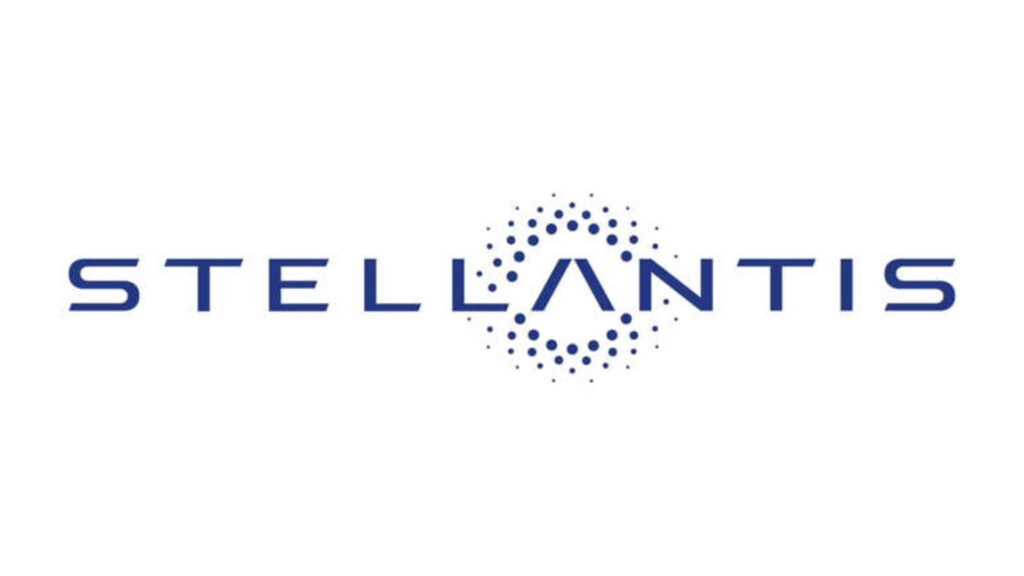
This strategy to consolidate was meant to harness synergies and scale innovations, positioning Stellantis to better compete in a rapidly evolving automotive market.
Statement From The Company
Stellantis issued a statement that blamed the layoffs on competitive pressure from global competitors.

The company said, “As the auto industry continues to face unprecedented uncertainties and heightened competitive pressures around the world, Stellantis continues to make the appropriate structural decisions across the enterprise to improve efficiency and optimize our cost structure.”
Employees
Initially, a spokeswoman for Stellantis refused to give specifics on the exact number of the layoffs that would be taking place. However, The Wall Street Journal reported that a source close to the situation confirmed that it will be around 400 people.

Sources verified that these layoffs took place during a “mandatory remote work day” but they couldn’t go on record because they were not given permission to do so by the company.
Worker Dynamics
Supplemental workers at stellantis, who are often union members earning less than full-time, play a vital role in managing fluctuating production demands. Recent layoffs have seen many of these workers letgo, making an impact not just on their personal lives but also the operational dynamics at Stellantis.

This coincides with the company’s pursuit of enhancing greater efficiency and cost-effectiveness under the new UAW agreement.
Local Economies
The layoffs occurring at Stellantis facilities such as the Detroit warehousing and Toledo Assembly Complex have deeply impacted the local economies. These facilities have provided essential jobs to many people in the community.

As jobs are cut, local businesses and municipal revenues may face declines.
Reasons Behind The Cuts
Carlos Tavares, the CEO of Stellantis, has been taking several steps to cut costs for the company.

The current iteration of the company was formed through a merger between Fiat Chrysler, and the PSA Groupe in 2021. The merger garnered significant attention at the time because Stellantis was the fourth-largest automaker in the world.
Plan To Move Forward
Tavares is leading a company initiative aimed at boosting profits aiming to double Stallaris’ revenue by the year 2030. The plan, which is called “Dare Forward 2030,” hopes to increase the profits of the company by $335 billion.

With the company merger, there comes new pressure for Stellantis to cut costs and become more profitable for investors and shareholders. The company said that these cuts come “after rigorous organization reviews.”
Response From The Union
According to WTOL 11, the United Auto Workers (UAW) has swiftly reacted to the layoffs at Stellantis by coordinating petitions that demand the reinstatement of over 1,000 terminated supplemental employees.

Their demands include back-pay and restoring their benefits.
Growth Plan
Led by CEO Carlos Tavares, Stellantis is advancing the “Dare Forward 2030” in an effort to double its revenue by 2030, with a strong focus on electric vehicle production and market expansion.

Stellantis is committed to changing the automotive landscape, where sustainability and innovation are crucial factors.
Worldwide Setting
Stellantis’ strategy for layoffs, prioritizing digital notifications and remote terminations, reflects a growing global trend.

As companies across take on similar strategies, the avenue of delivering such news digitally is criticized for its impersonal nature, igniting debates about corporate responsibility and the human aspect of business decisions.
Defense
In justifying the layoffs, Stellantis cited the plan as a significant driving factor, alongside the focus of electric vehicle production.

The company said, “While we understand this is difficult news, these actions will better align resources while preserving the critical skills needed to protect our competitive advantage as we remain laser focused on implementing our EV product offensive and our Dare Forward 2030 strategic plan.”
Impact
The ramifications of Stellantis’ layoffs has affected its suppliers, like KUKA and Syncreon, who have also made announcements about cuts.
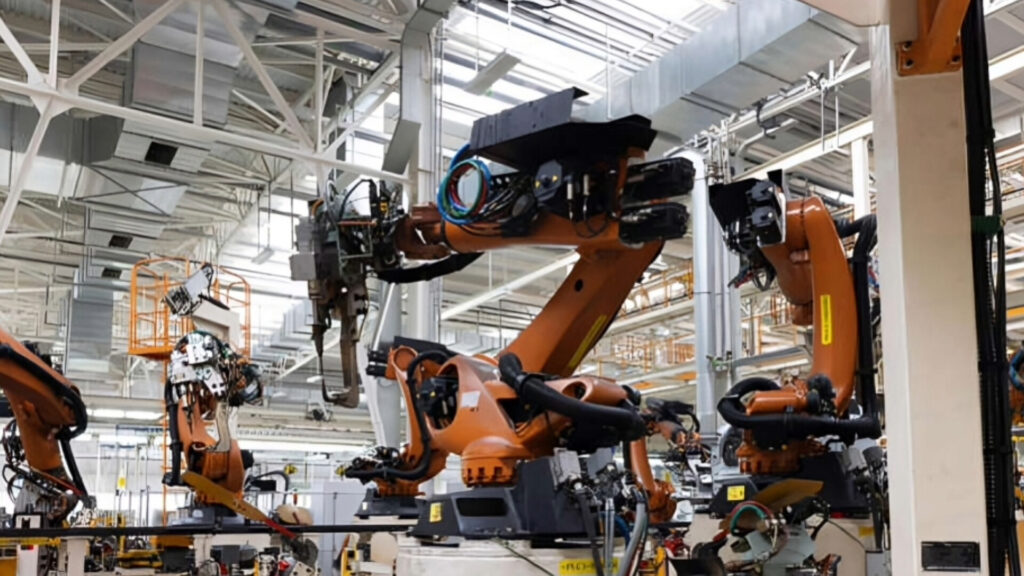
These layoffs underscore the connections within the automotive supply chain, where changes made by major manufacturers can significantly impact its partners. Ultimately having an effect on the economy.
Reactions Of The Public And Employees
Public and employee response to Stellantis’ layoffs have been primarily negative, with many expressing discontent with the impersonal nature of the remote dismissal.
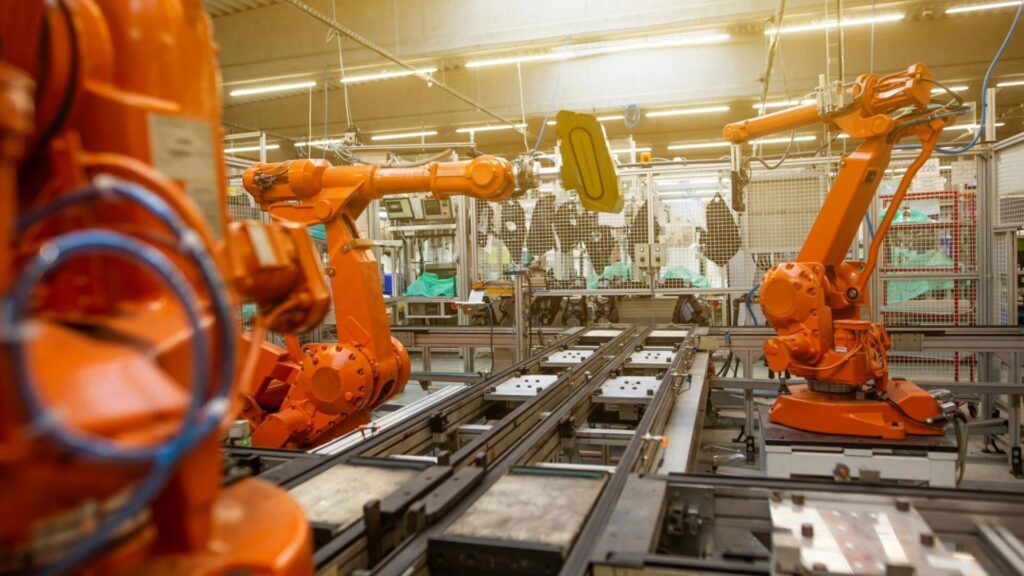
This backlash contributes to the bigger conversations on how companies should handle layoffs, stressing the need for personalized approach.
Labor Relations
The recent layoffs and labor discussions at Stellantis could set precedents for future industrial relations within the automotive industry.

As the sector grapples with technological shifts and economic pressures, striking a balance between corporate efficiency and worker rights remains a critical challenge.
Financial Pressures
Amid significant market and financial pressures, including declining demand for certain vehicle models, Stellantis has implemented layoffs.

These difficulties compel the company to streamline operations and cut costs.
Layoffs At Google Layoffs
Google laid off close to 12,000 employees In February 2023, via an abrupt email that read: “We no longer have a job for you.” Google employees laid off through the email were reportedly shocked that the company would do such a thing.

One employee said, “It feels very much like they are just as cutthroat corporate as anybody else.”
Stellantis Is Not Alone
These significant layoffs are not an exception among major global companies, sadly the process of laying off employees via digital correspondence has become more common.

Business Insider reported in December that multiple companies were firing employees through a simple email, or were just locking employees out of digital company systems.
Elon Musk
Following Elon Musk taking control of Twitter, now known as X, the billionaire laid off many employees.
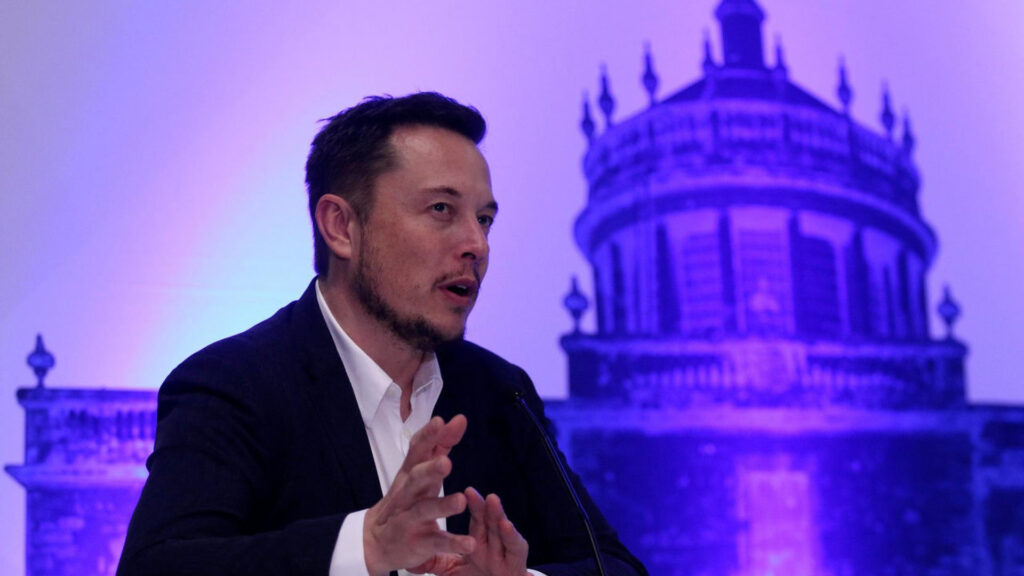
Employees of Twitter didn’t even receive a formal email informing them of being fired after Elon Musk took over. They only knew they were terminated by the fact that they could not access their company emails or laptops.
Etiquette
Conducting layoffs through digital channels is becoming more and more popular.
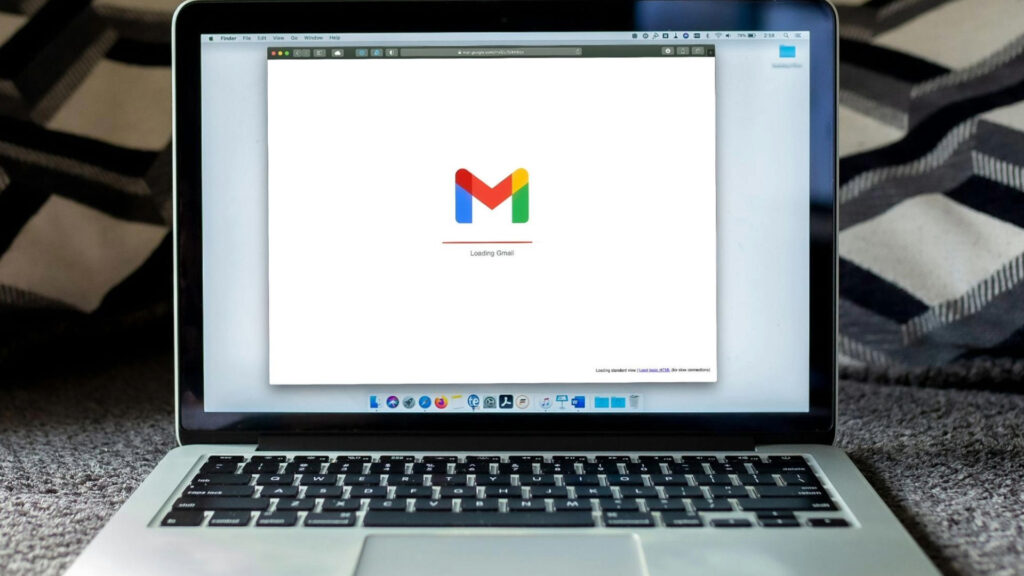
While it may be easier logistically to lay someone off via email, they typically lack personal touch and can damage overall morale or even the brand’s reputation.
Approach
Elon Musk’s handling of the layoffs at X diverges from the traditional corporate practices.

This method has faced significant backlash and criticism, igniting debates about the ethical way to lay someone off.
Cutthroat
It is becoming a trend for employers to steer away from having difficult conversations with employees regarding layoffs. In fact they prefer to do it digitally.

Ben Hardy, a clinical professor of organizational behavior at London Business School said, “The sheer logistics of 400 people at once is difficult,” he explained. “If you call them one by one, it takes days — or an army of managers or HR to do it. If you do it in one big meeting, you would have a room full of people who are all upset/angry, and that could turn ugly.”
The Road Ahead
Stellantis’ recent layoffs are just the beginning of a much bigger trend that is affecting companies and employees globally.

As the automotive industry and corporate world at large navigate this difficult landscape, the balance between operational efficiency and ethical employment practices continues to be a crucial focal point.
Much Like A Relationship
This now common practice of firing employees is constantly sparking conversations around workplace etiquette.

Amanda Jones, a senior lecturer in organizational behavior at King’s College London said, “If an employee has had a long-term relationship with the organization and feels that they have been a loyal employee, they are likely to feel that the organization ‘owes’ them more compassion.”





GIPHY App Key not set. Please check settings